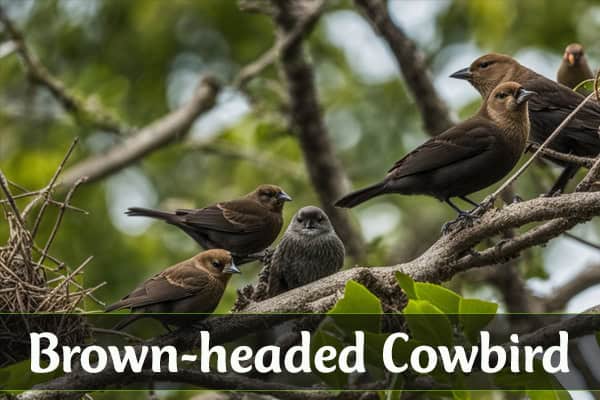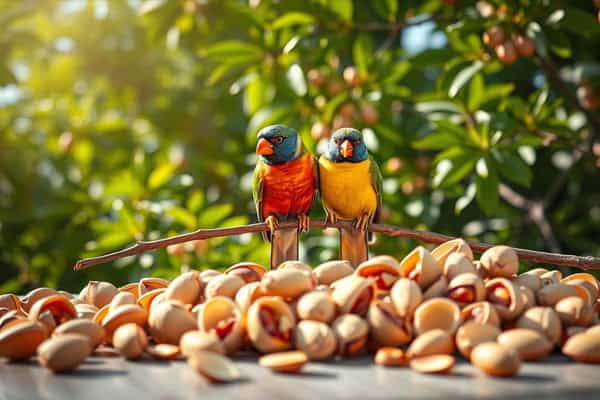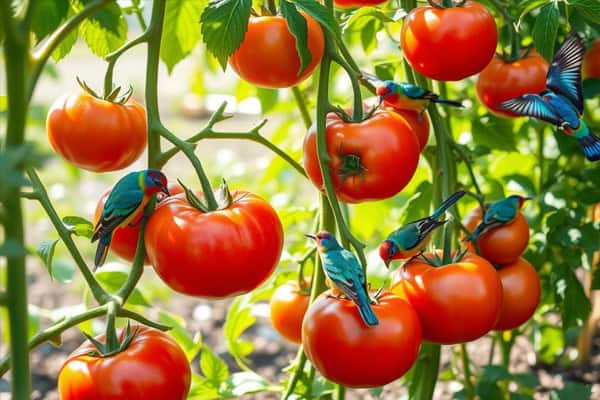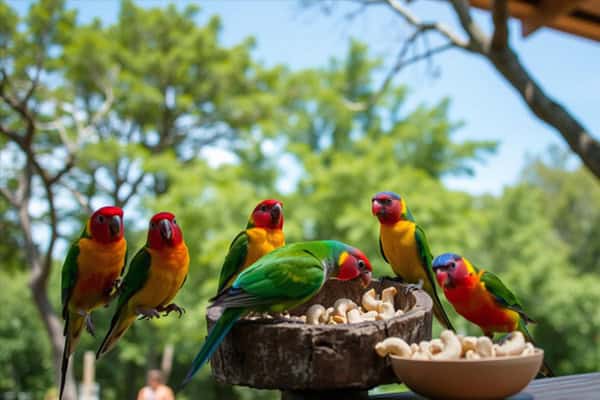Brown-headed Cowbird: (Identification With Pictures)
The brown-headed cowbird (Molothrus ater) is a songbird found in North America. It’s known for its unique way of breeding. This bird lays its eggs in other birds’ nests, called “host” species. These host birds then care for the cowbird young, often at the cost of their own babies. This behavior affects many bird species and can lead to the decline of endangered birds.
What makes the brown-headed cowbird so successful? Female cowbirds can lay up to 40 eggs in a single breeding season. They can lay almost one egg every day when breeding is at its peak. With a short incubation period of just 10-12 days, cowbird chicks grow faster than the host species’ chicks.
What is a Brown-headed Cowbird?
The brown-headed cowbird is a small, sturdy bird in the Icteridae family, also known as blackbirds. It’s a common “brood parasite” in North America, laying its eggs in over 220 other birds’ nests. The male has a brown head and a shiny black body. The female is brown with lighter head and belly colors and dark eyes.
These birds look very different between males and females. Males are bigger and more colorful. Their bills are short and thick, similar to a finch’s. Studies show that female cowbirds often pick one host species to lay their eggs in.
In winter, they gather in big groups with other blackbirds. One group in Kentucky had over five million birds. The oldest cowbird was a male, 16 years and 11 months old when caught in Wisconsin.
Distribution and Habitat
The brown-headed cowbird is a native bird found across North America. It stretches from the west coast to the east, reaching as far north as southern Canada and south to northern Mexico. This species thrives in the central United States and the Canadian Prairies.

Once, it lived mainly in central North America’s grasslands. But, with human development and forest clearing, its range has grown. Now, brown-headed cowbirds inhabit various places, including:
- Grasslands with scattered low trees
- Pastures
- Fields
- Lawns
- Forest edges
- Woodland edges
- Prairies
- Thickets
- Orchards
- Meadows
- Suburban areas
This bird’s ability to adapt has helped it spread widely across North America.
| Statistic | Value |
|---|---|
| Length | 6 to 8.5 inches |
| Wingspan | 12 to 15 inches |
| Eggs Laid per Season | Up to 30 |
| Eggs Laid per Host Nest | 1 or 2 |
| Host Species Parasitized | More than 220 |
Human actions, like clearing forests and creating farms and suburbs, have helped the brown-headed cowbird. These changes have given it new places to live and find food.
Feeding Habits
The brown-headed cowbird eats a wide variety of foods, showing how adaptable it is. In summer, half of its diet is from grains and seeds in grasses and weeds. But, in winter, grains and seeds make up 90% of its diet.
Insects are also a big part of their diet. They eat caterpillars, beetles, and grasshoppers, which give them important nutrients and protein. Female cowbirds need extra calcium for egg production. They get this from egg and snail shells.
| Season | Grains and Seeds | Insects | Other (Egg/Snail Shells) |
|---|---|---|---|
| Summer | 50% | 25% | 25% |
| Winter | 90% | 10% | 0% |
The brown-headed cowbird can live in many places, from farms to cities. Its varied diet helps it succeed and be common.
Brown-headed Cowbird
The brown-headed cowbird (Molothrus ater) is known for its wide range of sounds. It has melodic songs, chatters, and calls. These sounds help them in their daily lives.
The male brown-headed cowbird sings a song with one-second-long, low-pitched gurgling notes and whistles. This song helps attract mates and mark territory. Both males and females make chatters, clicks, and whistling calls for talking and socializing.
The flight call of the brown-headed cowbird is a whistling sound with trills and buzzes. It’s heard when they fly and helps them stay in touch with others. Females use a rolling chatter call to get the attention of males during breeding season.
Brown-headed cowbirds also make a cluck note while eating. This call is used by both males and females. It helps them work together and stay close while foraging.
The brown-headed cowbird’s many sounds show how adaptable and social they are. These sounds are key to their survival and help them communicate in their social groups.
Breeding and Nesting Behavior
The brown-headed cowbird is a fascinating bird with unique breeding habits. It doesn’t build its own nest or care for its young. Instead, it lays eggs in other birds’ nests, called “host” species. This way, it increases its chances of raising offspring without the hard work of nest-building or parenting.
Brood Parasitism
The cowbird’s mating habits vary, from monogamy to polygyny and even complete promiscuity. This depends on where the host nests are and the number of males and females around. Female cowbirds can lay up to 40 eggs in a season, leaving them in host nests for the host birds to care for.
This behavior affects the host birds a lot. The cowbird chicks often take more food and attention from the host’s own babies. Studies show that cowbird eggs in a nest can lower the host’s chances of raising their own young.
Some host birds have learned to spot and kick out cowbird eggs or leave parasitized nests. But the cowbird’s ability to adapt and spread out has helped it succeed as a brood parasite in much of North America.
Host Species and Impacts
The brown-headed cowbird is known for laying its eggs in over 220 different bird species’ nests. Common hosts include the red-winged blackbird, ovenbird, and golden-crowned kinglet. Other hosts are the red-eyed vireo, warblers, and sparrows.
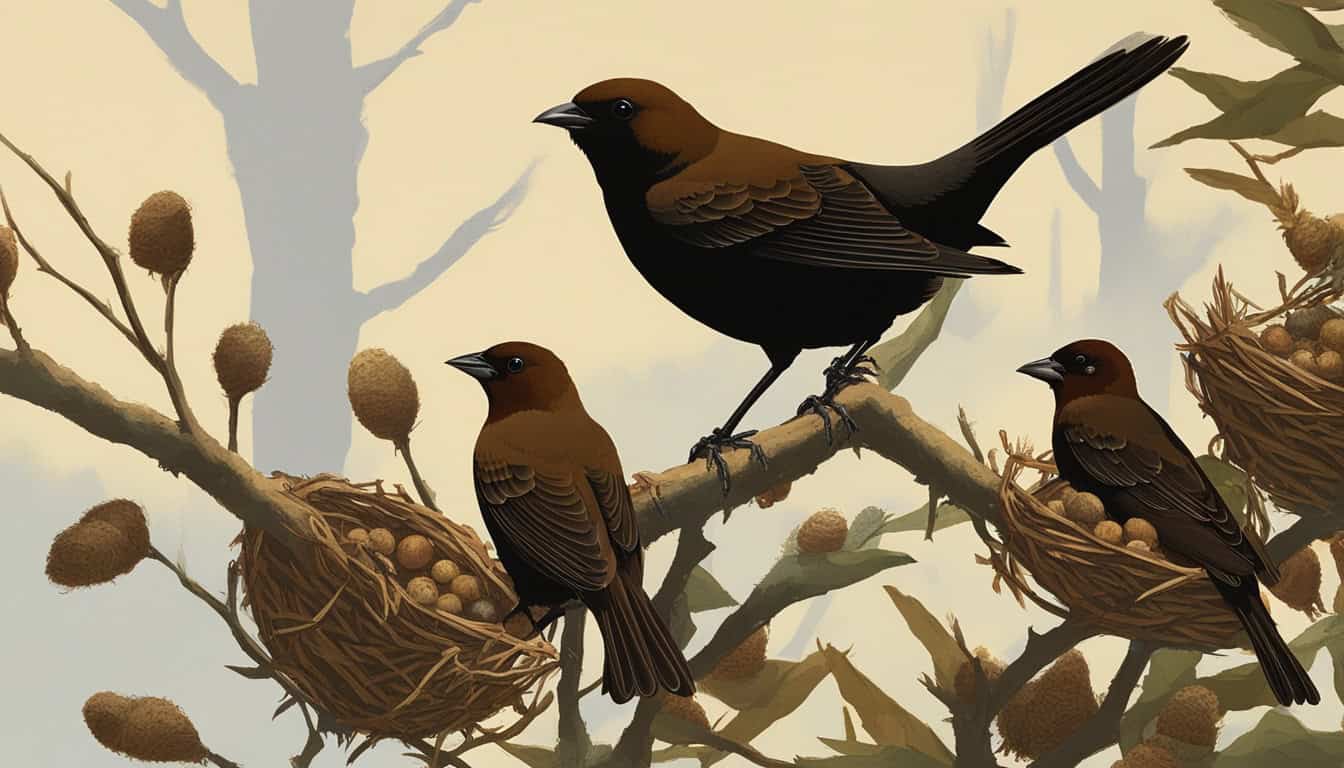
Many host birds can’t tell the cowbird eggs from their own. But, larger birds like robins can remove them. Smaller birds, like the yellow warbler, might even build a new nest over the parasitized one.
Cowbird parasitism can lead to the loss of the host’s entire brood. This is a big problem for small bird populations, like the endangered Kirtland’s Warbler and Black-capped Vireo. They could decline further because of this.
| Host Species | Nest Rejection Rate | Impact of Parasitism |
|---|---|---|
| Red-winged Blackbird | Low | Reduced Reproductive Success |
| Ovenbird | Moderate | Egg Removal and Nest Abandonment |
| Yellow Warbler | High | Nest Desertion and Rebuilding |
| Kirtland’s Warbler | Low | Severe Population Decline |
The brown-headed cowbird’s behavior affects its host species’ ability to reproduce, especially for small or endangered birds. It’s important to understand this complex relationship for bird conservation.
Human Impacts and Range Expansion
Anthropogenic Factors
The brown-headed cowbird’s range has grown a lot in the last century, thanks to human changes in the environment. They used to live mainly in the Midwest’s open grasslands. But, as Europeans settled, forests were cut down, cattle were introduced, and other human activities changed the land. This let cowbirds move east and reach the eastern U.S. by the late 1800s. They also moved west in the 1900s.
Human changes have helped cowbirds a lot. They like the edges of forests, areas with livestock, and farms because they offer lots of food and places to nest. These changes have made cowbird populations grow and spread all over North America.
| Anthropogenic Factor | Impact on Brown-headed Cowbirds |
|---|---|
| Forest Clearing | Expansion of suitable habitat and foraging areas |
| Introduction of Cattle | Increased food availability from livestock areas |
| Agricultural Practices | Provision of food sources and nesting opportunities |
| Forest Fragmentation | Creation of forest edges that benefit cowbirds |
The brown-headed cowbird’s success in human-made environments has led to a big increase in their numbers and range. This has made people worry about how it might affect native birds, especially those that are already in danger.
Conservation Efforts
Protecting native songbirds from the brown-headed cowbird’s harm is key. Trapping or shooting cowbirds has helped some endangered birds like the Kirtland’s Warbler. But, this method is costly and only works for small areas.
For a lasting fix, we need to focus on habitat management. This means keeping forests big and connected, reducing forest breaks, and not making areas that cowbirds like. By doing this, we can control cowbird numbers and help protect other birds.
State and federal agencies are working with private landowners to keep forests safe. They also want to protect old-growth forests on public land. These efforts are key to saving birds hurt by cowbird parasitism.
| Conservation Measure | Impact | Limitations |
|---|---|---|
| Cowbird Trapping | Effective in saving some endangered species, like Kirtland’s Warbler, from extinction | Costly, labor-intensive, and only viable for small, localized host populations |
| Habitat Preservation and Restoration | Effectively manages cowbird populations and mitigates their impact on migratory birds | Requires long-term, landscape-level planning and coordination |
| Incentive Programs for Private Landowners | Encourages forest conservation on private lands | Limited in scope to a small number of public properties |
Conservation efforts have had ups and downs. But, saving migratory birds from the cowbird will need a big plan. We must focus on keeping large areas of habitat safe. This way, we can control cowbird numbers and protect our songbirds for the future.
Check Our Previous Articles:
| Owls in Jersey |
| Hawks In Iowa |
| Falcons In California |
| Hawks in Florida |
Wrapping Up…
The brown-headed cowbird is a unique bird that has changed many bird species in North America. It lays its eggs in other birds’ nests, making them raise its young. This has led to the decline of some endangered birds.
Managing cowbird numbers is hard, especially in areas changed by humans. But, keeping their natural habitats safe is the best way to lessen their effect. This helps protect the birds they harm.
Learning about the cowbird’s life helps us protect its victims and keep ecosystems balanced. We need to watch how many cowbirds there are and find ways to keep them in check. Also, we should work on reducing their spread by fixing agricultural lands and broken habitats.
The story of the brown-headed cowbird shows how complex nature is and why we must care for it all. By saving and fixing habitats and tackling brood parasite issues, we can help these birds and their hosts live together in the future.

